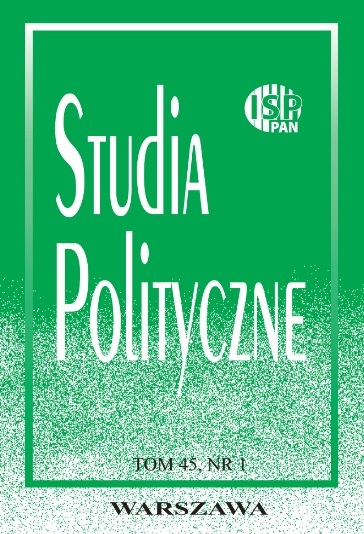Konflikt izraelsko-palestyński w latach 2014–2016
The Israeli-Palestinian Conflict between 2014 and 2016
From Operation Protective Edge to the Third Knife Intifada
Author(s): Katarzyna CzornikSubject(s): Security and defense, Military policy, Peace and Conflict Studies
Published by: Instytut Studiów Politycznych PAN
Summary/Abstract: For several decades, the Israeli-Palestinian conflict has been one of the extremely important determinants of geopolitical balance of power in the Middle East. It has a sinusoidal course meaning that it goes through phases of increased tension and stages of temporary release. However, the last three years were particularly intense in the Israeli-Palestinian conflict due to the uncompromising policy of Israeli Prime Minister Benjamin Netanyahu (e.g. Operation Protective Edge in 2014) and the actions taken by the Palestinian authorities to recognize Palestine as a state, as well as grassroots initiatives, not entirely controlled by the Palestinian establishment, the symbol of which was the outbreak of the Knife Intifada in autumn 2015. An analysis of the Israeli-Palestinian conflict in recent years does not indicate that it can be solved by peaceful means in the short term. No diplomatic measures taken by the Middle East Quartet, the United Nations, the Arab League and individual members of the international community are effective. However, a new component in the conflict is the policy of small steps carried out by the Palestinian authorities to recognize the statehood of Palestine under international law, which they want to achieve through the participation of Palestine in international organizations and institutions, such as UNESCO, the UN and the ICC.
Journal: Studia Polityczne
- Issue Year: 45/2017
- Issue No: 1
- Page Range: 133-160
- Page Count: 28
- Language: Polish

